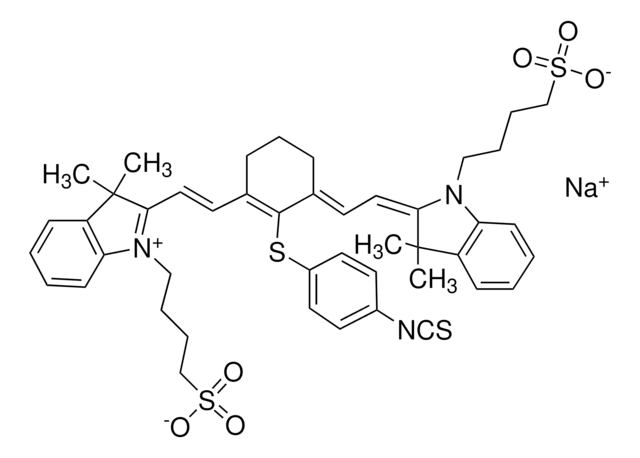P6282
Poly-ʟ-Lysine Hydrobromide
synthetic, mol wt 70,000-150,000, powder, γ-irradiated, suitable for cell culture, BioXtra
Synonym(s):
PLL HBr
About This Item
Recommended Products
Product Name
Poly-L-lysine hydrobromide, mol wt 70,000-150,000, lyophilized powder, γ-irradiated, BioXtra, suitable for cell culture
biological source
synthetic (organic)
Quality Level
sterility
γ-irradiated
product line
BioXtra
form
lyophilized powder
mol wt
70,000-150,000
packaging
pkg of 5 mg
technique(s)
cell culture | mammalian: suitable
surface coverage
4 μg/cm2
solubility
H2O: soluble 50 mL/vial, clear, colorless
shipped in
ambient
storage temp.
−20°C
SMILES string
Cl.NCCCCC(N)C(O)=O
InChI
1S/C18H38N6O4/c19-10-4-1-7-13(22)16(25)23-14(8-2-5-11-20)17(26)24-15(18(27)28)9-3-6-12-21/h13-15H,1-12,19-22H2,(H,23,25)(H,24,26)(H,27,28)/t13-,14-,15-/m0/s1
InChI key
WBSCNDJQPKSPII-KKUMJFAQSA-N
Looking for similar products? Visit Product Comparison Guide
General description
Application
Biochem/physiol Actions
Components
Caution
Analysis Note
related product
Storage Class Code
11 - Combustible Solids
WGK
WGK 3
Flash Point(F)
Not applicable
Flash Point(C)
Not applicable
Personal Protective Equipment
Choose from one of the most recent versions:
Already Own This Product?
Find documentation for the products that you have recently purchased in the Document Library.
Customers Also Viewed
Articles
Cancer stem cell media, spheroid plates and cancer stem cell markers to culture and characterize CSC populations.
Extracellular matrix proteins such as laminin, collagen, and fibronectin can be used as cell attachment substrates in cell culture.
Our team of scientists has experience in all areas of research including Life Science, Material Science, Chemical Synthesis, Chromatography, Analytical and many others.
Contact Technical Service






